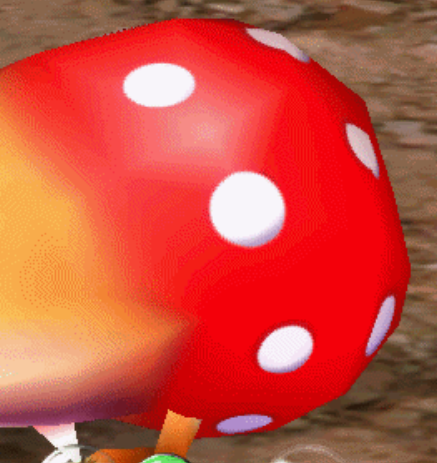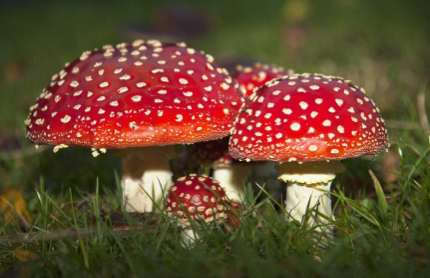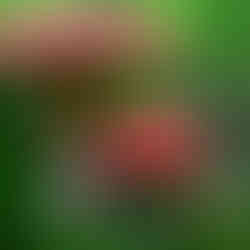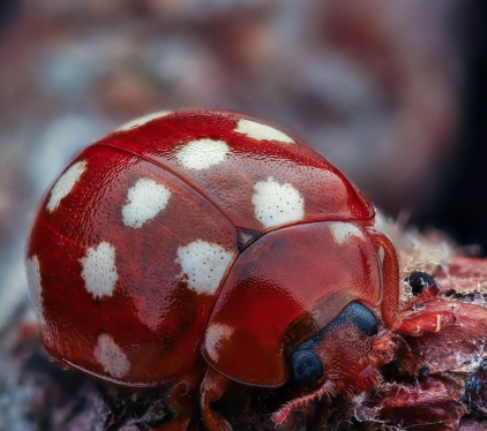The similarities between Pikmin enemies and real life
- Pikmin Informer
- Oct 20
- 3 min read
If there's one thing Pikmin games are known for, it's their bizarre rosters of diverse creatures that roam the planet's surface and underground, both by day and by night.

Not in the eccentric kind of way — the baddies aren't overdesigned by any means, but they can be rather odd. They look like they could potentially be real insects... if perhaps you were to squint really hard.
Seriously though, a lot of Pikmin's creatures are inspired by real animals, amphibians, mollusks, and other organisms, so I thought, why not write about them? And here we are now. Since there is a lot I want to share, there will be several articles about this topic! Think of it like the Pikmin Garden research reports!
So let's start with the simple stuff: Bulborbs, scientifically known in Pikmin as Oculus Kageyamii Russus.
According to an interview with Shigeru Miyamoto himself in the official Pikmin for Nintendo GameCube Prima Guide, contrary to popular belief, our grubby little "Bulborb" friends weren't created with any real-life inspiration in mind. It would make sense, wouldn't it?
20 years later, in an Ask the Developers interview, Miyamoto and the team also revealed that Bulborbs were the only creatures they stuck with during the entire development process for the original Pikmin. The developers also claim that the word "Bulborb" is just a name and doesn't reference any particular animal or object. The Greater Grub-Dogs were clearly inspired by the fictional bipedal creatures from Fantastic Planet, which the devs also admitted to having watched as an inspiration for the ecosystem in the first game.

Okay, now that the concrete facts are out of the way, let's speculate!
So, at first, I thought, like many other people, that Bulborbs took inspiration from fly agaric mushrooms. And I mean, a common grub-dog's back pattern definitely looks like one, check it out!
Despite what the devs say, it's pretty clear that there is some level of inspiration shown here. The whole back pattern, the mushroom's annulus potentially being a Bulborb's eyelids, and even just the roundness of it all. To me, it's pretty clear that they took inspiration from it.
But that's just for Red Bulborbs. The other kinds of Bulborbs don't actually look like poisonous mushrooms, so it must've been a one-time thing, right? But then it hit me.
Bulborbs are ladybugs. Hear me out on this one.
Each species of Bulborb corresponds to an already-existing species of ladybug.
Red Bulborb: Cream spotted ladybug
Bulbear: Two-spot ladybug
Orange Bulborb: Asian Lady Beetle
Hairy Bulborb: The white and blue spots likely reference snow-related patterns. Temperature-related albinism and body hair exist—could they potentially be a reference to cardinal ladybirds? They have hair!
Empress Bulblax: Common termite queen (eastern subterranean termite), pink-spotted lady beetle... definitely a stretch, but there may be a connection.
Whiptongue Bulborb: Anteater (perhaps Tamandua mexicana?), twenty-spotted lady beetle.
Frosty Bulborbs: Ladybugs can survive in the cold through a hibernation process called diapause. Perhaps these Bulborbs are a nod to that concept?
Considering how Pikmin are parallels to ants—and possibly even aphids—in real life, it's not surprising that Bulborbs are inspired by bug-eaters, especially the Whiptongue Bulborb. It definitely plays a big role in the predatory relationship between Pikmin and Bulborbs.
According to their Piklopedia log, it even seems they've adapted to hunt small animals. This very much supports the idea that Pikmin are the main course for some of PNF-404's most prominent predators.
It's just a bunch of little headcanons and nothing else, but I thought it'd be interesting to share.
Written by Yaya













Comments